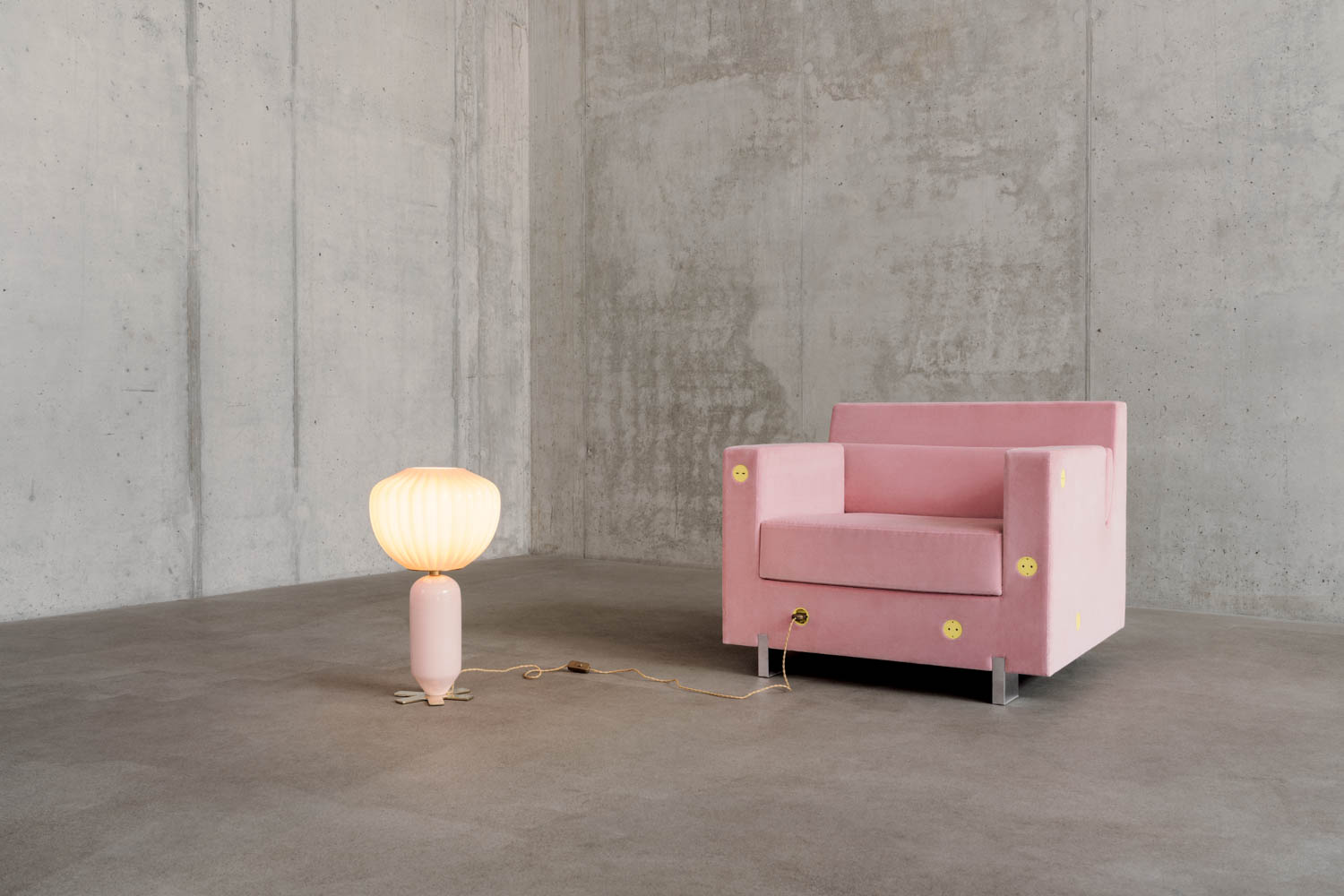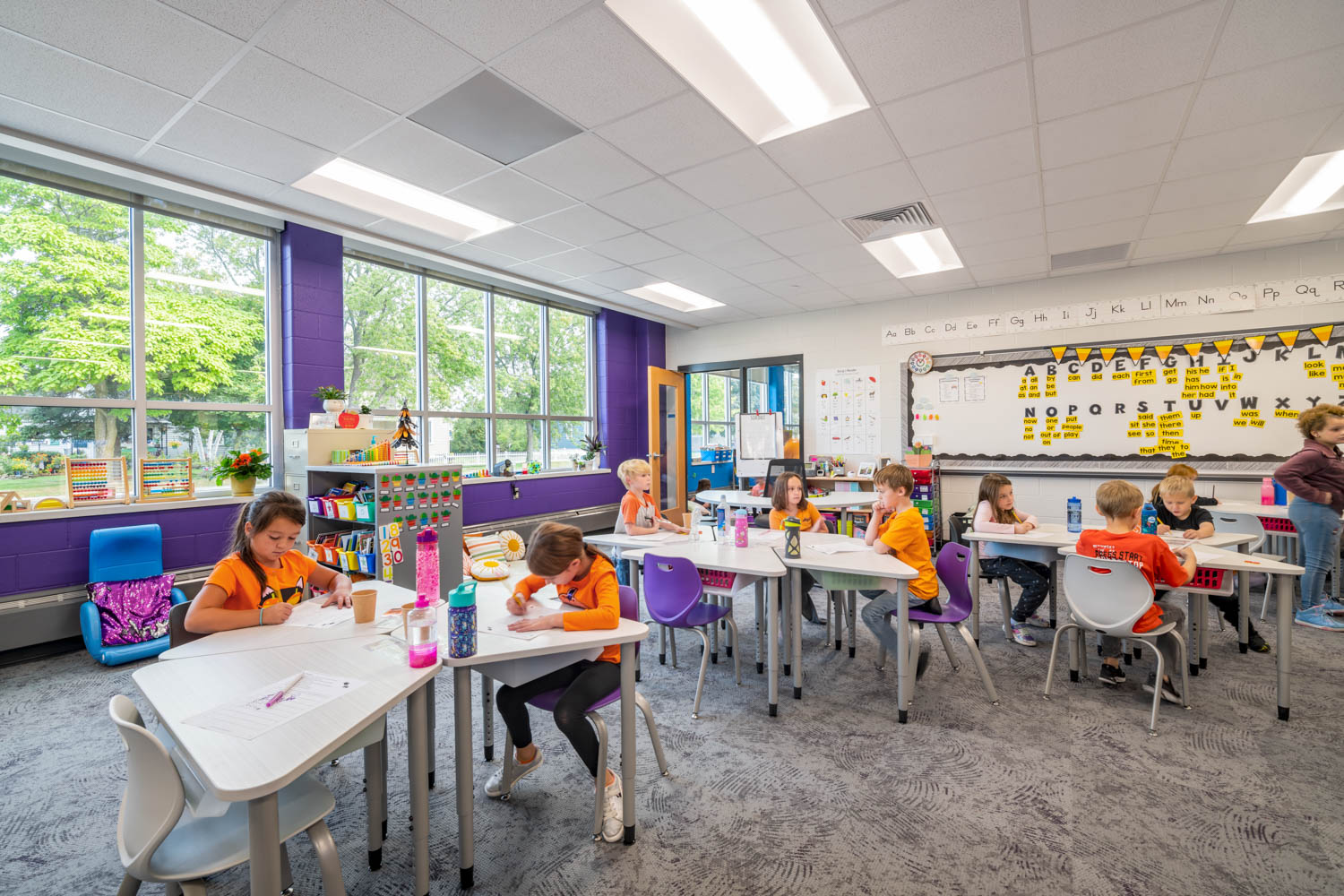Are Interior Designers Seduced by Automobiles?
What happens when designers put themselves in the service not just of the age-old balance of form and function, but of a fast-moving, technically complex, hyper-functional environment? This kind of cross pollination seems to be exactly what carmakers are banking on. And for interior designers daring enough to keep pace with the auto world, the moment seems rife with possibility.
“I like to compare it more with industrial design than with interior architecture,” says Amko Leenarts, director of global interiors design strategy at Ford Motor Company. The Dutch-born designer began at Ford last year after spending 12 years at Peugeot, where he’d headed up the interiors office since 2008. For Leenarts, the distinguishing factor in automobile interiors is about viewing the project not as a unique spatial encounter, but as a replicable product. In typical interiors, “it’s always a one-off, you always start again from scratch,” says Leenarts. “In the car industry you design the space once, and then you make 1.2 million of them.”
Bringing interior design thinking to the automotive world—and vice versa—also affords companies the opportunity to expand their corporate identity. BMW Group’s Designworks USA division has produced work across the design spectrum. “We do 50 percent of our work for partners across a broad range incuding transportation-focused interiors, medical, desktop accessories and outdoor furniture,” says Patrick McEneany, associate director of Designworks. For McEneany and his team, the objective is not to directly quote the familiar tropes of BMW’s cars, but to translate a certain sense of process and methodology that derives from BMW’s distinct design culture. Designworks’ line of seats for Allsteel, called Clarity, sport clean lines and a frank expression of materials without seeming overtly automotive. “The tendency is to keep on adding features,” explains Darren Keele, Clarity Product Manager for the Iowa-based Allsteel, of typical automotive design, “Yet one of BMW’s insights is that instead of adding a bunch of features to a task chair, they just strip it down.” The result is Clarity’s simple, elegant outline.
So what would draw an interior designer to this un-precious, assembly-line-oriented corner of the field? Some are pulled into the practice for the economic opportunities afforded by America’s once-again thriving car manufacturers. “My interior design degree focused more on commercial design,” says Rebecca Waldmeir, a native Michigander and lead creative designer of passenger cars for General Motors. “But being here in Detroit, there was just a lot of automotive influence.” And the street goes both ways—designers at GM track the furnishing trends favored by buyers of their vehicles.
“You look at the places our customers shop, like Crate and Barrel, and there’s a lot of mauve-gloss finish and wood trims,” says Waldmeir. The GM team has imported that look into some of their past designs, deploying “traditional large wood frames and burls.” And dispatching GM designers to Milan’s Salone Internazionale del Mobile keeps the team abreast of new trends, especially in color. In a further bout of cross pollination, it turns out the teal from Chevy Malibu’s ambient lighting served in turn as the inspiration for a collaboration with fashion designer Isaac Mirazhi, who created a clothing line inspired by the vehicle.
Still others approach vehicle interiors as a new frontier—for nearly a decade, multi-disciplinary designer Miguel Herranz‘s Valencia, Spain-based office has produced everything from lighting fixtures to toothbrush holders as well as experimenting with automobiles. “As a designer I like to design all kind of products,” says Herranz, “especially ones which haven’t yet been created.” In 2011, Herranz was named a finalist in Designboom’s Renault 4 Ever competition. His entry takes on not just the car interior but the very concept of the vehicle itself—imagining it as a wholly recyclable, returnable object.
Nearby Estudi{H}ac won Best Industrial Designer of Valenica for a Toyota concept car two years ago. The proposal introduces a dose of individual preference to the auto-buying process, allowing consumers to suit their car to their lifestyles much as they might their home or office. “More automobile companies are hiring designers to offer new value to their projects,” says Jose Manuel Ferrero, principal, Estudi{H}ac. For Toyota, he says, “Two interiors were created: a fashion one with hounds tooth check and technical screen textiles, and one based on a city plan printed over a soft-touch textile.” Ferrero sees his ongoing collaboration with Toyota as bringing a bit of fresh air to the company. Fresh air—a concept that will be increasingly relevant across platforms as carmakers look towards the future.


